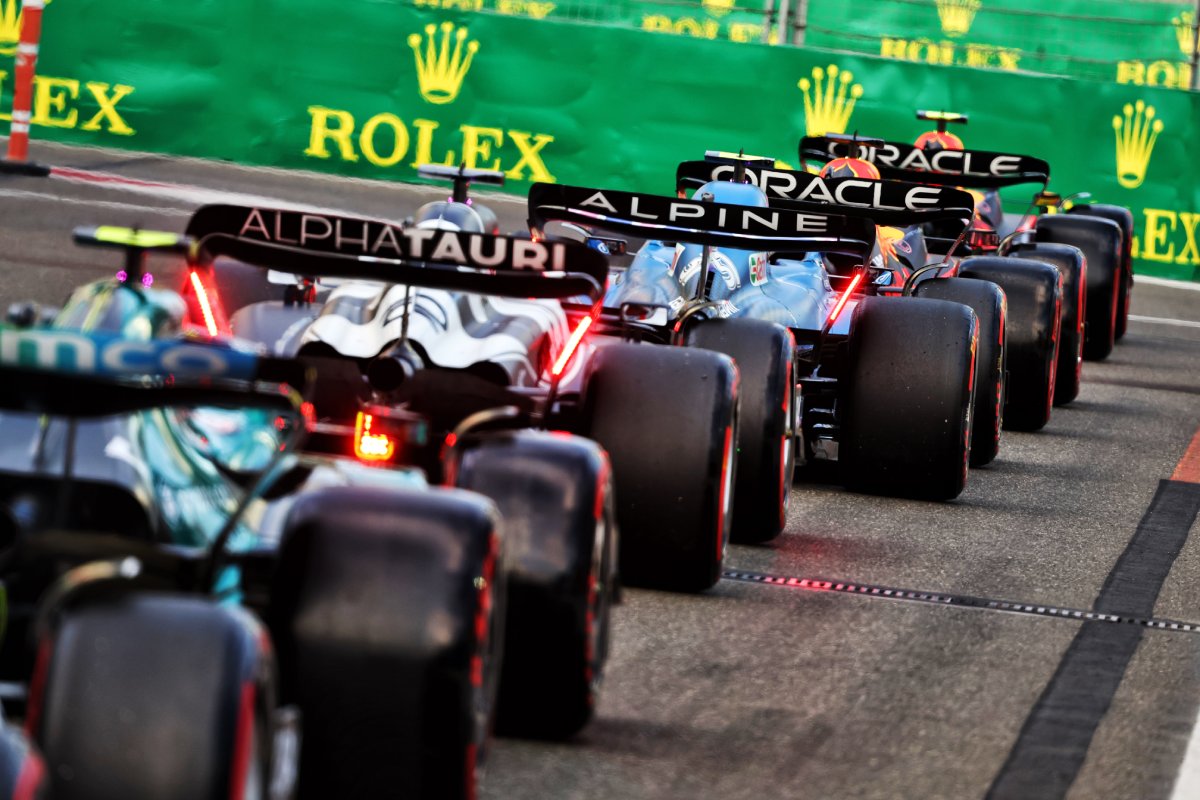

An all-new Formula 1 race weekend format is currently under discussion that could make its debut at the Azerbaijan Grand Prix.
At present, the fourth round of this season is set to host the first of six sprint events.
The programme currently constitutes a single 60-minute practice session on Friday followed by qualifying later in the day that sets the grid for Saturday’s sprint, the result of which determines the grid for Sunday’s grand prix.
Unfortunately, that format has resulted in an almost defunct second practice session earlier on Saturday that is now used for nothing more than logging tyre data for the main race.
Overall, the schedule has proven popular with promoters, while broadcasters have also reported higher viewing figures for sprint weekends.
Speedcafe understands, however, that a leading team has floated the idea of revising the flow of the weekend to create an even greater spectacle.
Under the concept suggested, a second qualifying session would replace FP2 and determine the grid for the grand prix.
It would effectively mean the weekend containing just one practice session, plus a sprint and a grand prix each with its own qualifying.
Revised format pros and cons
On paper the idea appears reasonable, however, several practical elements are under consideration.
The first relates to the tyres as manufacturer Pirelli has already determined its allocation and shipped it to Azerbaijan.
How that allocation is then divided up to ensure there are sufficient sets of tyres for all sessions is unclear.
One potential solution apparently being considered is for one of the qualifying sessions to be a one-lap shootout as previously used by F1 in the early 2000s.
Logically, as that format would introduce a degree of jeopardy, it would apply for the sprint rather than the race itself.
At present, the suggestion remains simply that, with conversations continuing in the paddock over its merits.
One of the issues is the way in which the concept has been pitched – as an idea by an individual.
Since Liberty Media took ownership of F1, it has been strategic with its changes, which has included market research to make any format tweaks an informed and calculated risk.
As this idea has not been tested against the market, it represents a step into the unknown.
Another consideration is that Baku is a high-risk venue for a sprint. A stand-alone qualifying session for that event would at least ensure performances in the 100-kilometre race on Saturday would not adversely affect Sunday’s grid position.
There is a risk that two qualifying sessions could dull the impact of the sprint. Alternatively, it could heighten the drama as drivers know risks have comparatively little consequence when it comes to Sunday.
A decision on the format for the event in Baku is due to be made during the upcoming spring break.






















Discussion about this post